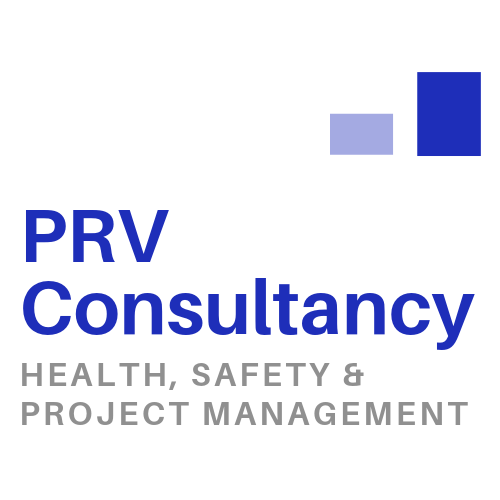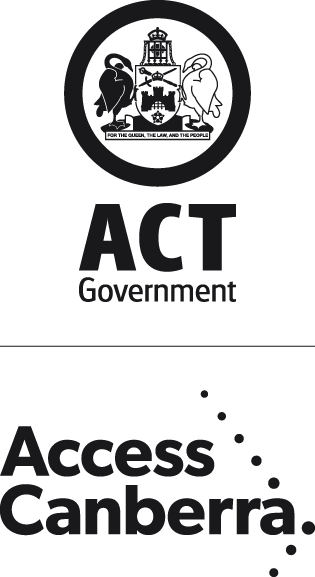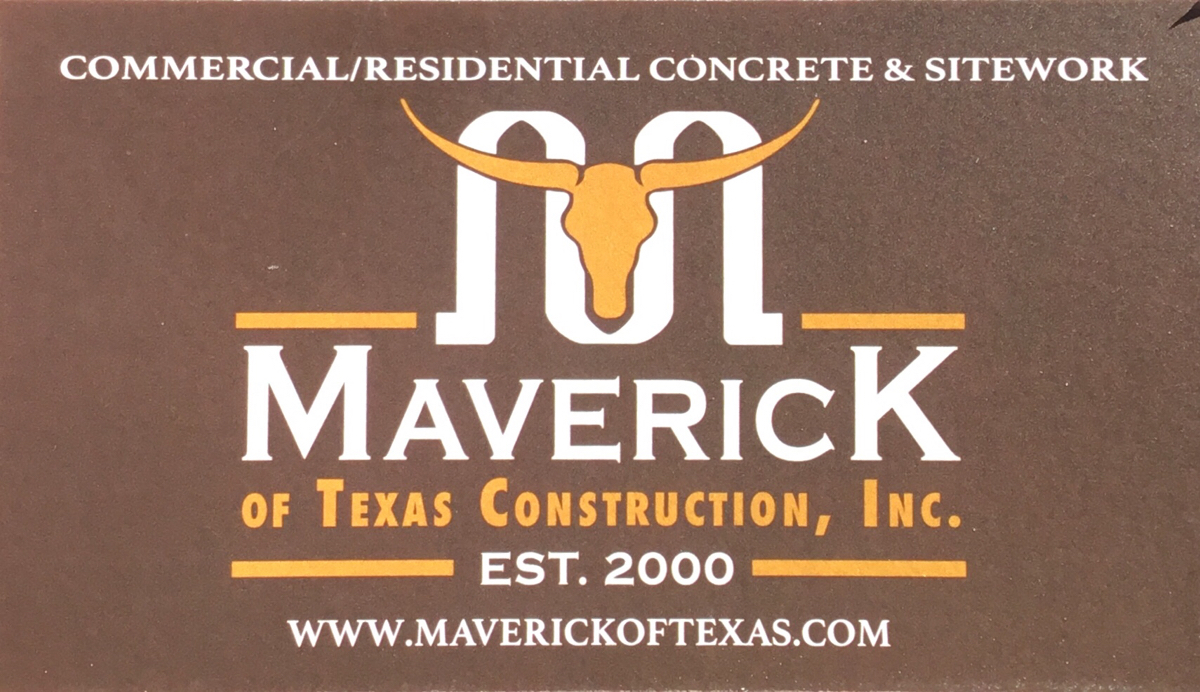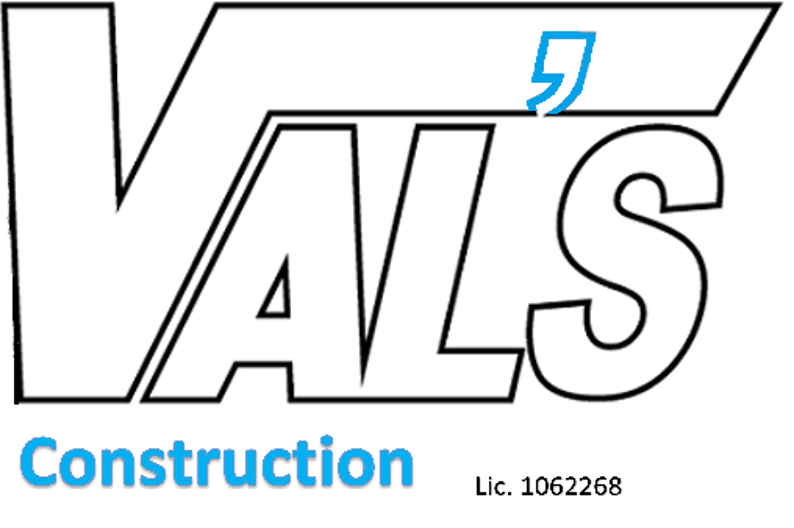Title Page
-
Site conducted
-
Document No.
-
Audit Title
-
Client/Site
-
Conducted on
-
Prepared by:
-
Location
-
Personnel
1. Role of Principal Contractor
-
To be scored if applicable
-
1.1 Has pre-construction H&S information been received?
-
1.2 Is the Construction Phase H&S Plan in place & reviewed regularly?
-
1.3 Has the Construction Phase H&S Plan been issued to subcontractors?
-
1.4 Access & egress routes (outside site, to welfare) clear, unobstructed and adequate lighting
-
1.5 Emergency routes clearly marked
-
1.6 Suitable & sufficient welfare facilities and the management of these facilities
-
1.7 Emergency assembly point clearly marked
-
1.8 Fire Safety Plan created, displayed and communicated (i.e. Assembly points, fire marshals etc.)
-
1.9 Site H&S notice board in place & with relevant information
-
1.10 HSE form F10 displayed & accessible
-
1.11 HASAW poster displayed
-
1.12 Employers Liability Insurance document displayed
-
1.13 Site traffic management plan in place / pedestrian & vehicle segregation
-
1.14 CDM document & erection sequence communicated & followed by all contractors
2. Risk Assessments / Method Statements
-
2.1 Subcontractor RAMS reviewed & approved by Principal Contractor
-
2.2 All persons inducted & briefed to RAMS
-
2.3 Works carried out in accordance with RAMS
3. House Keeping / Working Environment
-
3.1 Access & egress routes clear and unobstructed
-
3.2 Safe storage of materials
-
3.3 Management of site housekeeping
-
3.4 Access & task lighting adequate
-
3.5 Cables stored / routed in a safe manner (trip hazard)
4. PPE
-
4.1 Site rules on PPE followed
-
4.2 RAMS required PPE followed
5. Training
-
5.1 All persons have undertaken an online induction
-
5.2 All persons have received a site induction
-
5.3 All persons have CSCS / CPCS card for their relevant discipline
-
5.4 Managers / Supervisors have complete SMSTS / SSSTS course
-
5.5 Bi-weekly toolbox talks are being carried out & recorded
-
5.6 QHSE alerts on noticeboard & communicated via TBT
6. COSHH
-
6.1 COSHH safety data sheets & COSHH assessments in place
-
6.2 Works carried out in accordance with data sheet & assessment
-
6.3 COSHH disposed of safely as per data sheet & assessment
7. Welfare
-
7.1 First aid box on site and stocked
-
7.2 Competent First Aiders on site (correct numbers for no. of people)
-
7.3 Accident reporting forms accessible & used
-
7.4 Office & welfare facilities kept clean and tidy
8. Tools & Equipment
-
8.1 Pre-use inspections taking place
-
8.2 All electrical equipment PAT tested
-
8.3 PAT test certificates kept in site safety file
9. Supervision & Monitoring
-
9.1 Manager, supervisor, foreman on site
-
9.2 Start cards, daily briefings carried out
-
9.3 Safety file being managed in accordance with company procedure
-
9.4 Site Manager undertaking a bi-weekly recorded Site Inspection
-
9.5 Qualified subcontractor manager / supervisor on site
-
9.6 Subcontractor undertaking an independent safety inspection
-
9.7 End of shift inspections being carried out and recorded (BCEL 845, BPL Principal Contractor only)
10. Registers
-
10.1 Lifting Equipment register, LOLER Inc: Thorough Examination Certs
-
10.2 Plant & Equipment register, PUWER Inc: Plant Thorough Exam Certs
-
10.3 Harness register Inc: Thorough Examination Certificates
-
10.4 HAV/Noise - daily usage and trigger times recorded where applicable
11. Fire
-
11.1 Fire evacuation plan (by PC) communicated & displayed
-
11.2 Fire alarm & extinguishers in place & serviced
-
11.3 Hot works permits used
12. Working at Height
-
12.1 Rescue plan in place and personnel trained to implement it
-
12.2 Edge protection in place
-
12.3 Fall arrest / restraint system in place
-
12.4 Scaffold / Netting inspection carried out - hand over certificates
-
12.5 Scaffold / Netting inspection carried out - ongoing inspection (weekly)
-
12.6 Ladder inspections taking place & recorded
13. Lifting Operations
-
13.1 All lifting equipment correctly tagged
-
13.2 Lift plan in place & approved
-
13.3 Crane documentation and certification in place
-
13.4 Vehicle drivers not allowed in cabs
-
13.5 Lifting equipment in good condition
-
13.6 Exclusion zones in place & observed
-
13.7 Tag lines used to control loads where practical. Tag lines free of knots
14. Excavations
-
14.1 Permit to dig in place
-
14.2 CAT & Genny used for all excavations
-
14.3 Excavators using safe digging practices & banksman used
-
14.4 Excavations guarded
-
14.5 Excavations supported where necessary
-
14.6 Gas detection used for deep excavations and when entering confined spaces
15. Permits
-
15.1 Permits obtained prior to commencing task, carried out in accordance
-
15.2 Copies of permits kept in site safety file
-
15.3 Permits closed out, signed & retained
16. Safety Culture / Behaviour
-
16.1 Near miss card holder & post box on site
-
16.2 Near miss card submitted since last visit
-
16.3 Near miss cards closed out & communicated to workforce
-
16.4 Worker consultation representative(s) in place & used (BPL)
-
16.5 Corrective actions closed out from previous site safety report
-
16.6 Principal Contractor SIS being used
-
16.7 SIS cards issued in past month
-
16.8 Items of best practice observed
17. Traffic Management
-
17.1 Safe systems in place for deliveries - escort, turning etc
-
17.2 Vehicle fall protection planned & system in place
-
17.3 Vehicle movement controlled by banksmen
-
17.4 Traffic management plan by PC in place, available & communicated
-
17.5 FORS scheme in use by delivery company
18. Temporary Works
-
18.1 Temporary works register in place (BCEL 830)
-
18.2 Temporary works co-ordinator / supervisor appointed
-
18.3 BEL CDM document in place
-
18.4 BCEL 829 permit to load / remove being used
19. Environment
-
19.1 Environmental Plan has been completed (EMS01_F4a or b)
-
19.2 Letter drop to local residents or similar
-
19.3 Waste removed via approved supplier
-
19.4 Waste streams identified
-
19.5 Waste segregation on site
-
19.6 Adequate storage of waste-hazardous / non
-
19.7 Plant & machinery not left idling
-
19.8 Switch off & save it policy adopted
-
19.9 Drip trays used
-
19.10 If non water permeable drip trays used - provision made to dispose of contaminated liquids
-
19.11 Spill kits in place
-
19.12 Persons trained in spill kit use (TBT)
-
19.13 No plant or machinery leaking oil
-
19.14 Correct storage of substances (Bunded tank)
20. Other
-
AOB not covered by the above as deemed necessary by the SHE Auditor
-
AOB not covered by the above as deemed necessary by the SHE Auditor
-
AOB not covered by the above as deemed necessary by the SHE Auditor
-
AOB not covered by the above as deemed necessary by the SHE Auditor
Completion Sign Off
-
Lead Auditor/Inspector
-
Person responsible for site
-
Audit/Inspection concluded at:














